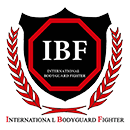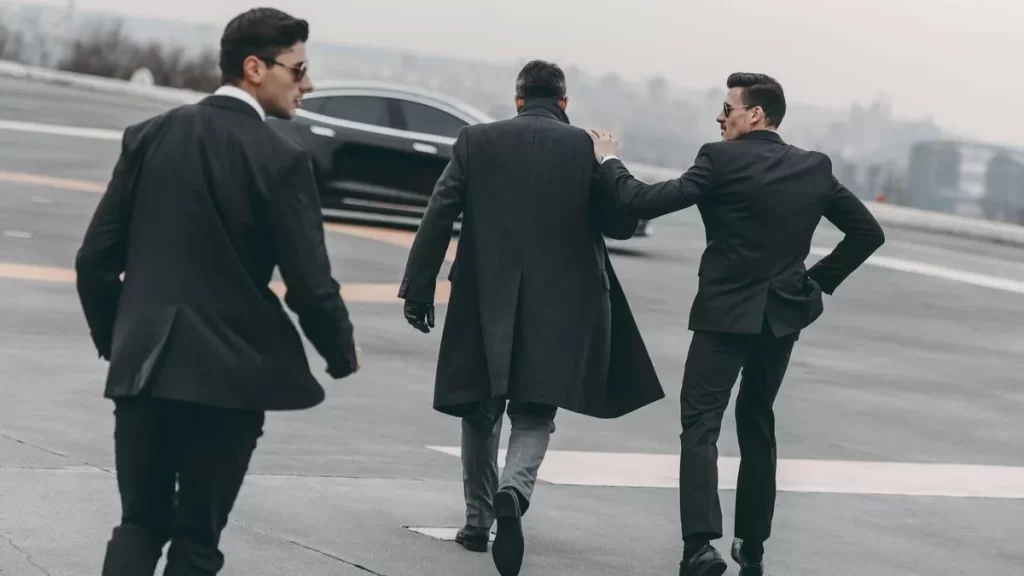Bodyguards must be physically fit, with good eyesight and hearing, and they need to have a presentable appearance, especially for close protection work for dignitaries and heads of state. A driver’s license is usually required, so that the bodyguard can double as a driver. In the United Kingdom and some other countries, bodyguards have to have a license or certification with the SIA, which involves identity and criminal record checks
Bodyguard has to have a strong dedication to their protective role. Bodyguards need to be observant, and retain their focus on their job, despite distractions such as fatigue. As well, they need to be able to work as member of a team, with assigned tasks, or be able to act independently, and adapt and improvise an appropriate response if the need arises. Bodyguards need to be able to recognize potentially dangerous situations and remain calm under pressure. Since they often have to collaborate or coordinate their protection with other security forces, such as police and other private security guards, bodyguards need good interpersonal and communications skills. Since they accompany their client throughout the day, which means that a bodyguard has to show discretion and maintain confidentiality.
bodyguards often work long shifts in order to provide 24-hour protection, and shifts often include evenings, weekends, and holidays. Since bodyguards follow their clients throughout their daily activities, the work locations may range from indoor office meetings or social events to outdoor rallies or concerts. Bodyguards often have to travel by car, motorcycle, train, and airplane to escort their client. In some cases, international travel is required, which means that a bodyguard must have appropriate travel documentation. .
Close Protection Training
Bodyguards often have training in firearms tactics, unarmed combat, tactical driving, and first aid. In multi-agent units (like those protecting a head of state) one or more bodyguards may have training in specific tasks, such as providing a protective escort, crowd screening and control, or searching for explosives or electronic surveillance devices (“bugs”). Bodyguards also learn how to work with other security personnel to conduct threat or risk assessment and analyze potential security weaknesses.
Bodyguards learn how to examine a premises or venue before their clients arrive, to determine where the exits and entrances are, find potential security weaknesses, and meet the staff (so that a would-be attacker cannot pose as a staff member). As well, some bodyguards learn how to do research to be aware of potential threats to their client, by doing a thorough assessment of the threats facing the principal, such as a protest by a radical group or the release from custody of person who is a known threat. Close protection officers also learn how to escort a client in potentially threatening situations.


